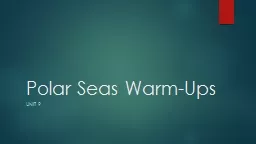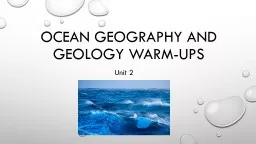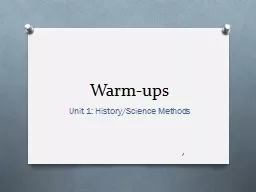PPT-Warm-up: Thursday
Author : faustina-dinatale | Published Date : 2017-06-22
Write down this question How has the map of Europe changed over time Now watch the following clip to answer your question httpswwwyoutubecomwatchvuxDyJ6N6A Warmup
Presentation Embed Code
Download Presentation
Download Presentation The PPT/PDF document "Warm-up: Thursday" is the property of its rightful owner. Permission is granted to download and print the materials on this website for personal, non-commercial use only, and to display it on your personal computer provided you do not modify the materials and that you retain all copyright notices contained in the materials. By downloading content from our website, you accept the terms of this agreement.
Warm-up: Thursday: Transcript
Download Rules Of Document
"Warm-up: Thursday"The content belongs to its owner. You may download and print it for personal use, without modification, and keep all copyright notices. By downloading, you agree to these terms.
Related Documents














